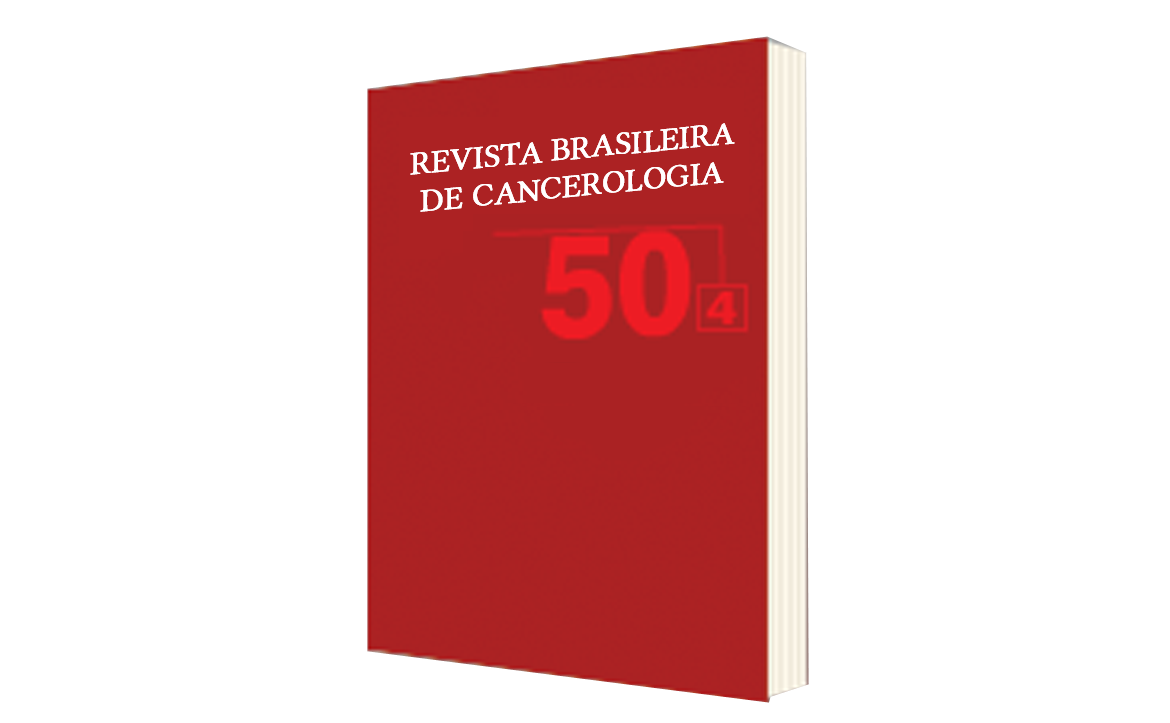Diagnosis of lymphedema: analysis of the methods used in the evaluation of the upper limb in women undergoing axillary linfadenectomy for breast cancer treatment
DOI:
https://doi.org/10.32635/2176-9745.RBC.2004v50n4.2007Keywords:
Breast neoplasms, Lymphedema, Diagnosis, Physiotherapy, Axillary lymphadenectomyAbstract
Introduction: Breast cancer is the main neoplasia in women and its main complication is lymphedema, that causes important physical, emotional, social and psychological alterations. An important feature of the treatment of lymphedema is early diagnosis and to do so it is necessary the establishment of appropriate and feasible criteria for its mensuration. Purpose: To assess the agreement and the validity of subjective and objective methods used for lymphedema diagnosis. Methods: A study was conducted with 394 women undergoing surgical treatment of breast cancer between April and August of 2000. The data were obtained by interview, physical examination and revision of medical records. Objective methods (circumference, volume estimation) and subjective (report of swelling and edema symptoms, medical registries) were used. Simple agreement, sensibility, specificity and positive and negative predictive values were calculated in order to compare the different methods. Results: Lymphedema prevalence ranged from 11.5% to 30.7%. The estimated volume > 300 ml and the circumference > 3.00 cm presented better agreement among objective criteria (96%). Considering the estimated volume of 200 ml as the gold standard, circumference with a cut off point of 2.5 cm presented the best sensitivity/specificity ratio (S=0.74; E=0.98). Conclusion: The methods presenting better agreement were = 300 ml estimated volume of the limb and = 3.00 cm circumference. Considering the estimated volume of the limb = 200 ml as the gold standard, perimetry with a cutoff point of 2,5 cm was the method presenting the best sensitivity/specificity ratio (S=0.74; E=0.98).









